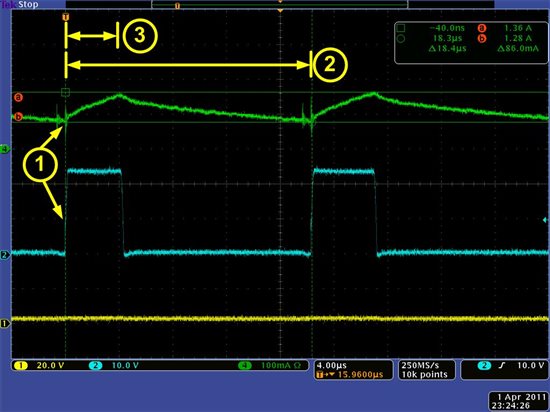Hi,
i'm a newbie and i want to drive a bipolar sepper motor (200step-1A) with DRV8811. I have some questions:
- In datasheet page 12, at each setp is associated an angle degree...what means?If my motor has an angle equal to 1.8°, i can't drive it at 1.8°resolution?
- How can i change motor velocity?
Thanks


